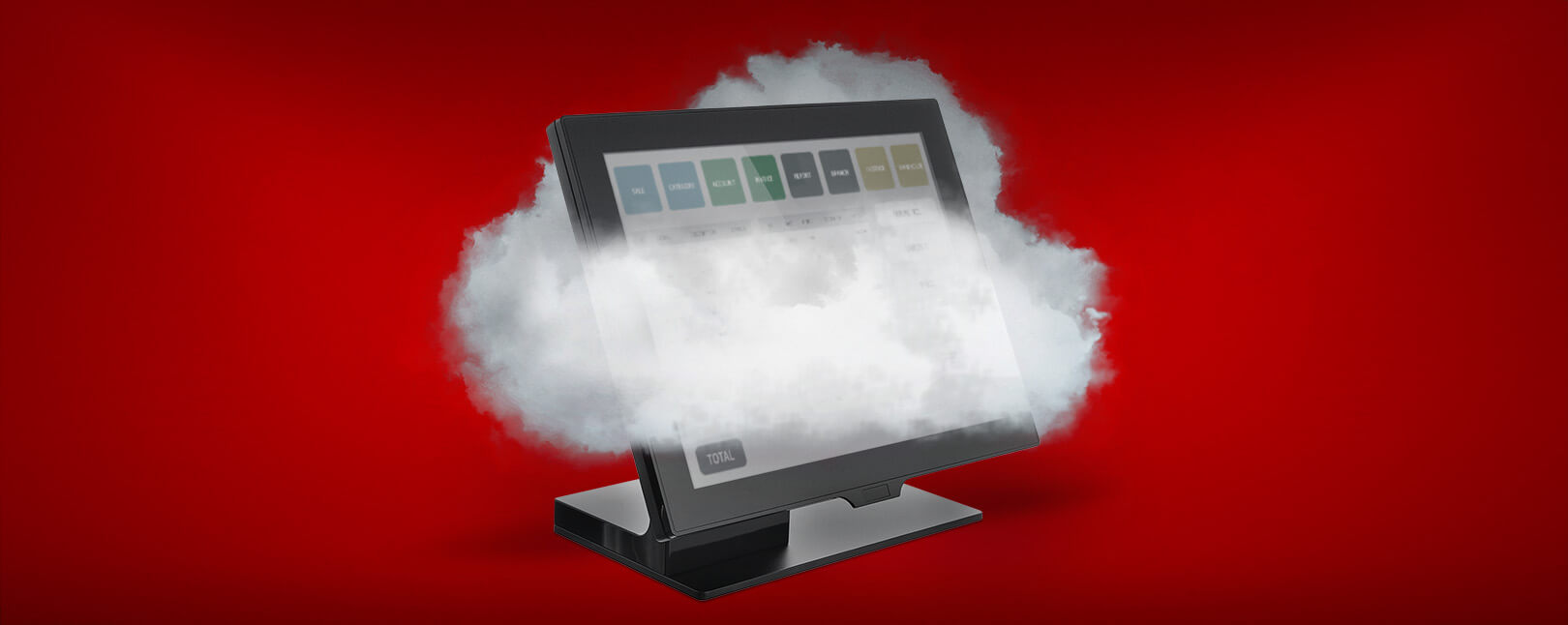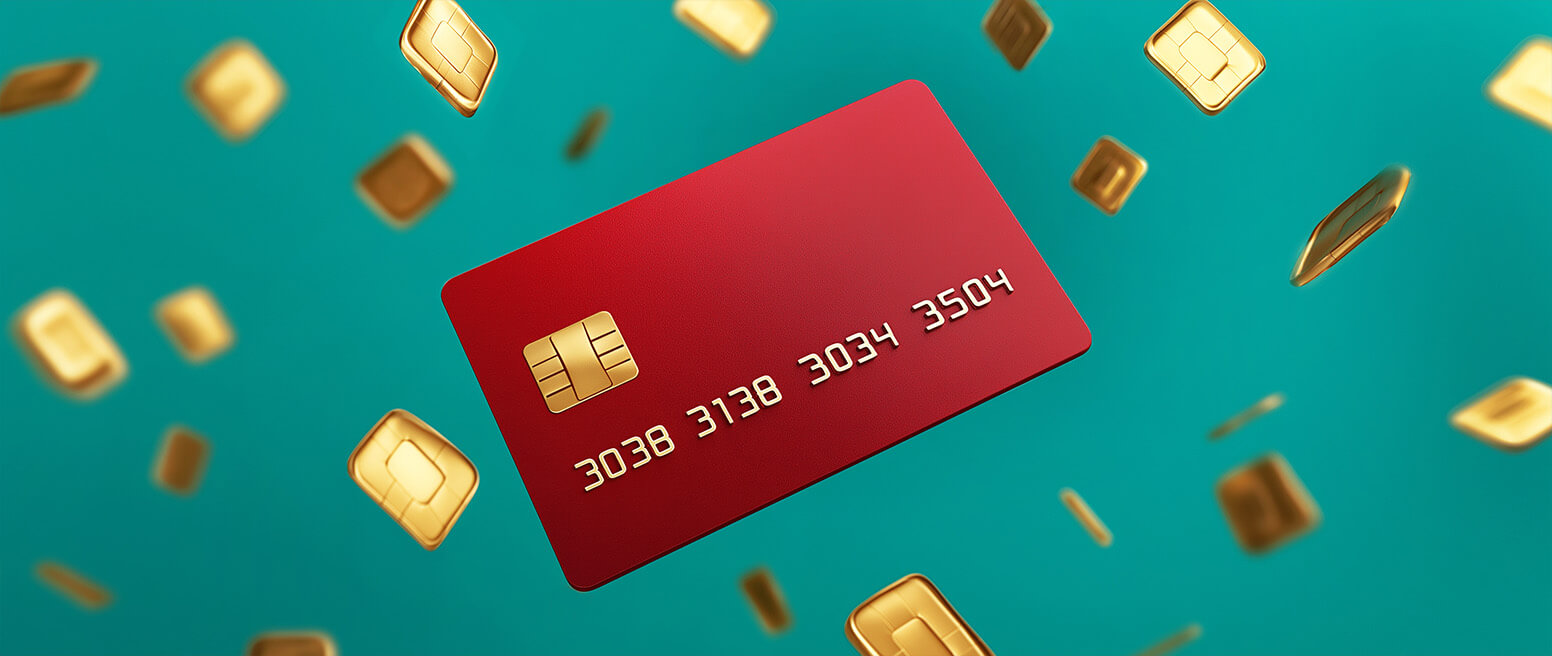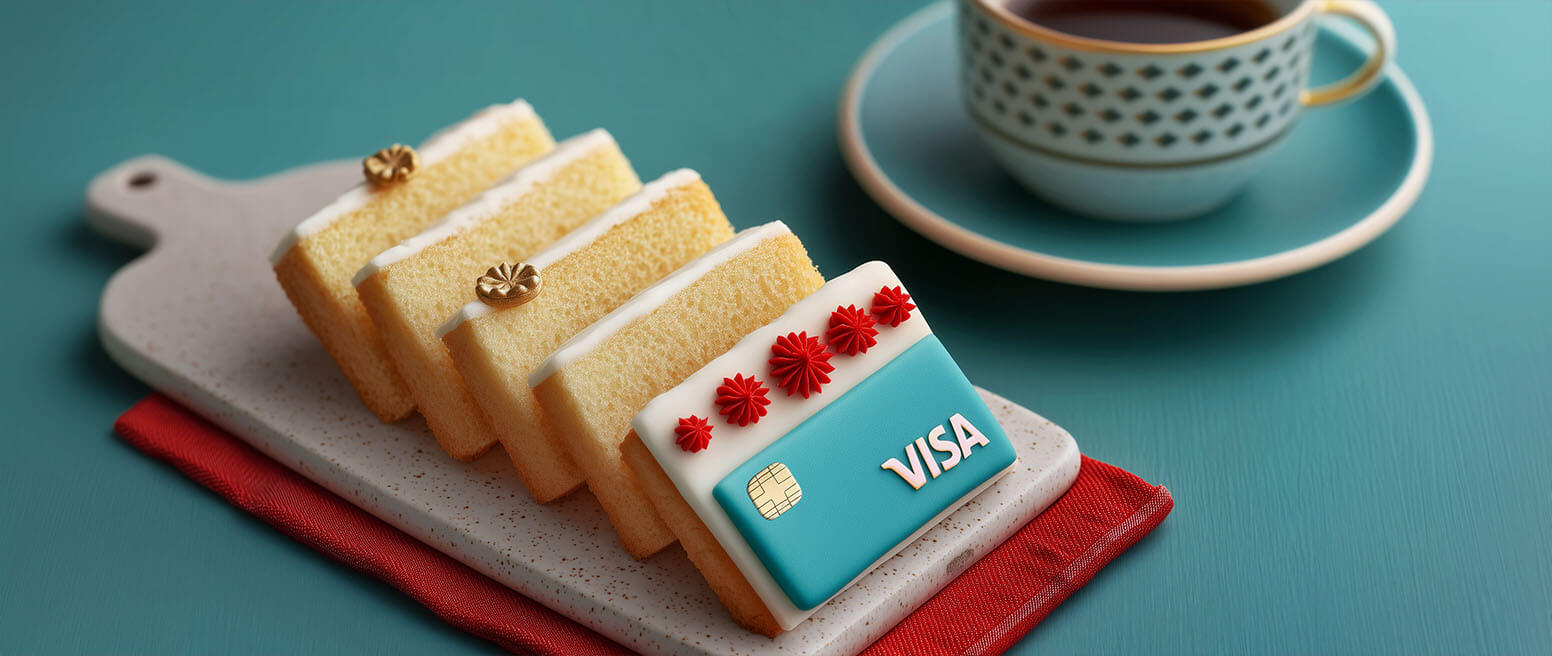What are the Virtues of a Cloud-Based POS Versus a Traditional System?
If you’re reading this, you’re probably considering whether you should update your existing point-of-sale (POS) system. You might be searching for the most logical option for your business. If so, it may interest you to know that many of your peers are moving to Cloud-based POS systems.
In a recent article, we explained what a cloud-based POS system is and how to find the best service provider for the job. What we didn’t touch on in as much detail: why look for a cloud-based option in the first place?
What’s the difference between a cloud-based POS and a traditional POS? What benefits and drawbacks do Cloud POS systems pose? And, most importantly, do the pros outweigh the cons? Let's find out.
Recommended reading
- What is EMV Bypass Cloning? Are Chip Cards Still Secure?
- Dispute Apple Pay Transaction: How Does The Process Work?
- Terminal ID Number (TID): What is it? What Does it Do?
- Point of Sale Systems: How to Get More From Your POS Machine
- What is EMV Technology? Definition, Uses, Examples, & More
- Visa Installments: How it Works, Benefits, & Implementation
What is Traditional POS Technology?
A traditional POS works by connecting your payment terminal to a POS server. This allows you to quickly capture and catalog payment details, transaction information, and other data to store later. However, the system relies on an extensive network of other devices to connect the pieces.
That can lead to a few problems. For example, it requires a considerable amount of hardware. Also, the more complex a system becomes, the more vulnerable it can be to malfunctions, errors, or even criminal attacks.
By comparison, a Cloud POS system is a web-hosted point of sale solution. Traditional POS technology connects your payment terminal to an onsite server via a closed internal network. A cloud-based POS operates as a SaaS platform and stores data on remote servers.
Problems With Traditional POS Systems
When you boil the issue down to brass tacks, the key difference between these two systems is hardware. It’s the physical architecture of the machine paired with its functionality.
On a legacy POS system, data is stored locally on a physical device that is usually inaccessible outside that server’s location. A business owner or manager must be present and in contact with the physical server to access files or adjust the system settings.
20 years ago, these point-of-sale systems were cutting-edge technology. They simplified and streamlined day-to-day operations. However, the world has become increasingly digital in the last decade. Stationary systems like this are outdated, inconvenient, and often ill-equipped to meet the demands of modern commerce. These traditional POS systems suffer from:
On the other hand, cloud point-of-sale systems have evolved very differently and feature much more sophisticated software. Cloud POS systems carry the internal architecture to store data on a hosted server in a remote location that can then be accessed via an internet connection. As you may have guessed, this is a huge advantage over legacy POS systems.
Traditional point-of-sale systems are a “tried and true” option for many brick-and-mortar merchants. Still, they simply cannot keep up with the versatility and connectivity of the Cloud POS systems. Since most businesses these days feature some online component, cloud systems are more practical and customizable. When you factor versatility and affordability into the equation, it’s easy to see why these systems are swiftly taking over.
Contrasting Cloud POS & Traditional Systems
Accessibility and mobility are likely the driving forces behind the merchant migration to the cloud. Additionally, taking credit and debit card payments via a web-based POS system lets you avoid expensive and bulky legacy hardware that requires an upfront software license. By extension, you can also avoid annual maintenance and support fees.
With a Cloud POS, the software is updated through a supporting application that can be accessed anywhere with an internet connection. This eliminates the need to periodically shut down the entire system for updates.
Convenience aside, the frequency and instant accessibility of updates can provide an adequate safeguard against fraud. It can keep your system clear of bugs and other complications that can interrupt business.
Payment technologies are changing rapidly. Is your risk management strategy responsive to the revolution?

The chart below illustrates the differences between Cloud and legacy POS systems, according to basic functionality:
| Cloud POS | Traditional POS | |
|---|---|---|
| Hardware and Software | Many companies feature low, or even no up-front costs for equipment and software; scales according to need | No. The system is static and must be manually updated and calibrated for each device. |
| Instant Updates | Yes. Cloud systems can be instantly updated manually or automatically through a supporting application. | Fixed set of rules including geolocation and device information |
| Universal Access | Yes. Merchants can access their Cloud-stored data from any mobile device. | No. Legacy systems are stationary. |
| All-In-One Solution | Yes. Cloud systems feature fully integratable POS software, hardware, and analytics. | No. Hardware must be purchased or rented, and you may need to secure a separate merchant account. |
| Omnichannel | Yes. Most Cloud POS systems seamlessly integrate with online stores like WooCommerce and Wix. | No |
| Work Offline | Yes | Yes |
| Mobile Payments | Yes | Not unless specified by the manufacturer. |
Plainly, a Cloud POS offers more features and functions than a legacy POS. To further illustrate the points outlined above, let’s talk about some additional features you might find useful.
Benefits of a Cloud POS Platform
Cloud-based systems provide the tools and versatility to remain competitive in today’s increasingly digital landscape.
If you’re considering switching from a legacy POS to a web system, odds are you are looking to diversify your revenue streams. In that case, cloud POS systems are designed to perform with digital commerce in mind, from simple “mom-and-pop” shops to growing omnichannel operations. The key benefits of a cloud-based system include:
There are a lot of misconceptions out there about cloud technology. For example, fears that it is unsecured—a “digital no-man’s land”—have no basis in reality. In fact, a cloud-based POS is generally more secure than traditional POS systems.
Worries about internet connectivity are unfounded, too. Even if you lose connectivity, a good system will store transaction data on an internal system, then upload it to the cloud once you reestablish connectivity.
That said, Cloud POS systems do have legitimate drawbacks.
Drawbacks of Cloud POS Systems
We’ve spent a good portion of this article singing the praises of Cloud systems. Now, though, we need to talk a bit about some of the things a cloud POS can’t do for your business.
Some experts have raised concerns about the ownership of data stored within cloud systems. Cloud service providers are aware of the legal gray area and have taken steps to address it. However, the data ownership issue can still create uncertainty. This is especially true as consumer data rights are fleshed out by legislation like the General Data Protection Regulation (GDPR) and the California Consumer Privacy Act (CCPA).
While a cloud system is more secure than a traditional POS, that doesn’t mean it’s impervious to fraud. Bots, hackers, and other cyber threats can still breach a cloud system and steal transaction and cardholder data.
A cloud POS system also can’t do anything to defend against friendly fraud. This is a post-transactional issue that affects 65% of the merchants surveyed in our 2022 Chargeback Field Report. However, because it’s a first-party threat, there’s nothing you can do from a cybersecurity standpoint.
The Bottom Line
The benefits of a Cloud POS system outweigh the downsides in almost every way. Most businesses would improve their internal practices by switching, including streamlining payment processing and daily data handling. Ease of use and versatility are crucial in today’s commercial climate.
Remember, though: a cloud system can’t save your business from every incident of fraud or prevent friendly fraud chargebacks. No matter how you take payments, you will still need a comprehensive fraud prevention and chargeback management plan.
Click below to learn how opting for professional chargeback management might be one of the best decisions you can make.













